$10bn needed for power plants
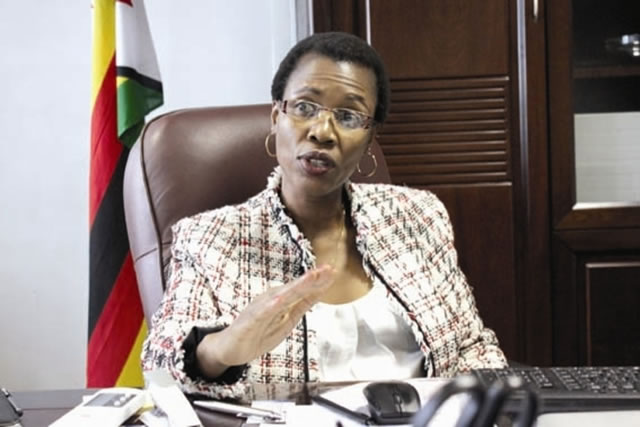
Lloyd Gumbo Senior Reporter
About 13 Independent Power Producers (IPPs) that were licensed, some of them five years ago, to construct power plants worth about $10 billion, are failing to raise the required capital, Zimbabwe Energy Regulatory Authority (ZERA) chief executive Engineer Gloria Magombo disclosed yesterday.
ZERA has licensed 21 IPPs since 2010, with eight of them — predominantly small plants — operational, while mega plants with the proposed combined capacity of about 4 000 megawatts at the first phase are still to take-off.
On completion, all the licensed IPPs are expected to generate about 6 000MW, that is likely to see Zimbabwe exporting excess energy.
Zimbabwe is facing a power crisis due to low water levels at Kariba Dam and dilapidated power generation equipment at Hwange Thermal Power Station that constantly needs repairs.
Electricity is one of the critical economic enablers at a time when the country’s total generation capacity is about 1 300MW against a peak demand of about 2 500MW.
To close the power gap, the Government allowed private companies to construct power stations whose electricity was to be added to the national grid.
But Eng Magombo yesterday said lack of funding stalled all the mega power projects.
“The conditions of the licences require that all licensees should submit quarterly reports to ZERA which help in tracking progress on the projects,” she said.
“Total funding for all these projects amounts to over $10 billion. The power projects are funded mainly through debt financing which constitutes about 70-85 percent of the total project costs.
“The equity funding is difficult to secure given the liquidity situation in the country. The average cost of a project is about $2.5 to $3 million per MW.”
She added: “Currently access to long-term debt funding (15 to 20 years) with low interest rates which is suitable for such projects is a challenge. Power projects require funding to take them to bankability stage that will enable them to secure funding for development of the projects.
“Project preparation funding is equally difficult to secure, especially in the local market. Some regional banks are now assisting with project preparation funding to complete bankable feasibility studies and EIAs.”
Eng Magombo said some of the reasons huge projects were failing to take-off were as a result of local conditions which IPPs raised at the IPP Indaba in June this year.
“ZERA held the first IPP Indaba on June 3, 2015 where IPPs advised that progress on the projects was being hampered by among other things, lack of a clear IPP policy, high charges for the Environmental Impact Assessment (EIAs) by the Environmental Management Agency, high water rates for projects to be developed on dams, offtaker credit risk that is Zimbabwe Electricity Transmission and Distribution Company , lack of access to long term funding and the need for government guarantees to be issued to securitise external loans for the power projects.
“These issues were communicated to the relevant or responsible Ministries and public agencies and are being addressed. The banks also highlighted the major weakness of most IPPs projects which did not have comprehensive feasibility studies hence failed to pass due diligence audits,” said Eng Magombo.
She said the IPPs were licensed on the basis of letters of intent from prospective financiers who wanted a bankable feasibility study.
Eng Magombo said one of the projects by Eunafrica that was supposed to generate about 120MW in Harare was cancelled about two years ago for lack of progress.
She said licensed power projects including Government owned were at different stages at the first phase with Essar Hwange Power Plant (600MW), Geobase Gwanda Solar (150MW), Great Zimbabwe Hydro (5MW), Manako Power (2.5MW), Yellow Africa (50MW), H.T.Gen (3.3MW) and Plum Solar (5MW) at feasibility studies.
Lusulu (500MW), Southern Energy (660MW), Gairezi (30MW) and Sengwa Power Station (1200MW) are at the feasibility study of determining their bankability.
China Africa Sunlight Energy Gwayi Power Station (600MW) that was signed during President Mugabe’ State visit to China last year and Hwange Expansion Project (600MW) are at the funding stage while Kariba Expansion Project (300MW) , Kupinga Renewable Energy (1.6MW) , Pungwe C (2.72MW) are under construction.
Eng Magombo said the majority of small power plants were already operational since it took about 18 months to construct.
Some of those that are already operational include Border Timbers (0.750MW), Duru (0.26MW), Nyamingura (0.2MW), Pungwe A (0.65MW), Pungwe B (1.80MW), Hippo Valley Estates (33MW), Triangle Estates (45MW) and Green Fuel (4MW)
She said among them, the hydro-powered plants were also affected by low levels of water that affected the Kariba plant.
Some of these plants are powered from rivers, as such, Eng Magombo said they would immediately get to full capacity once it rains.




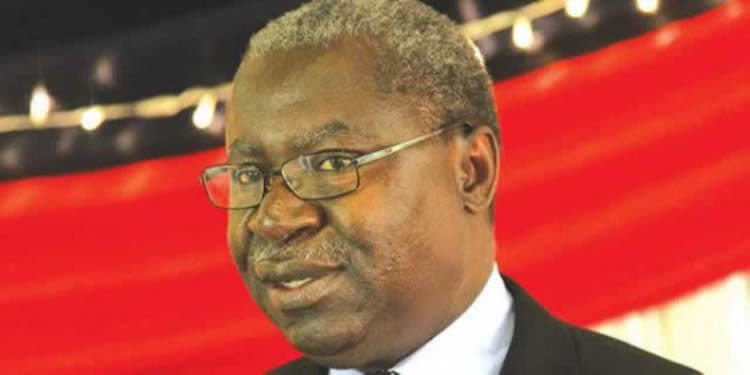
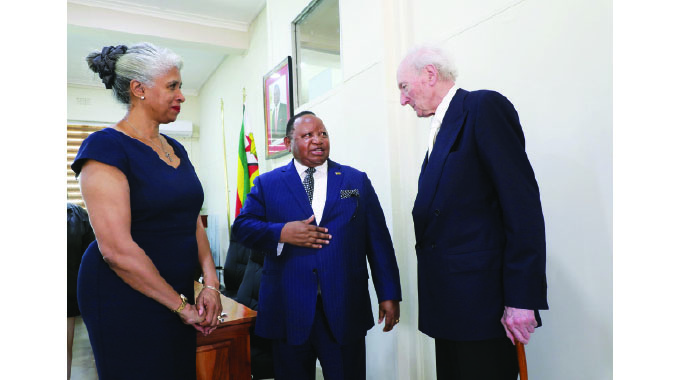
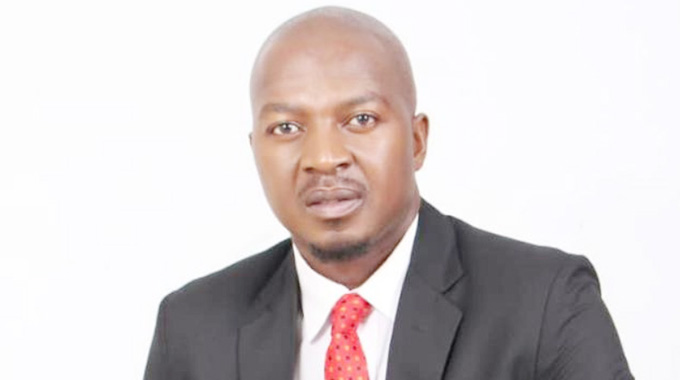
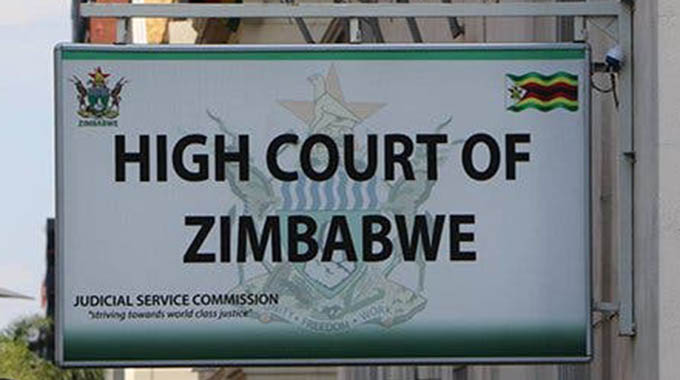

Comments